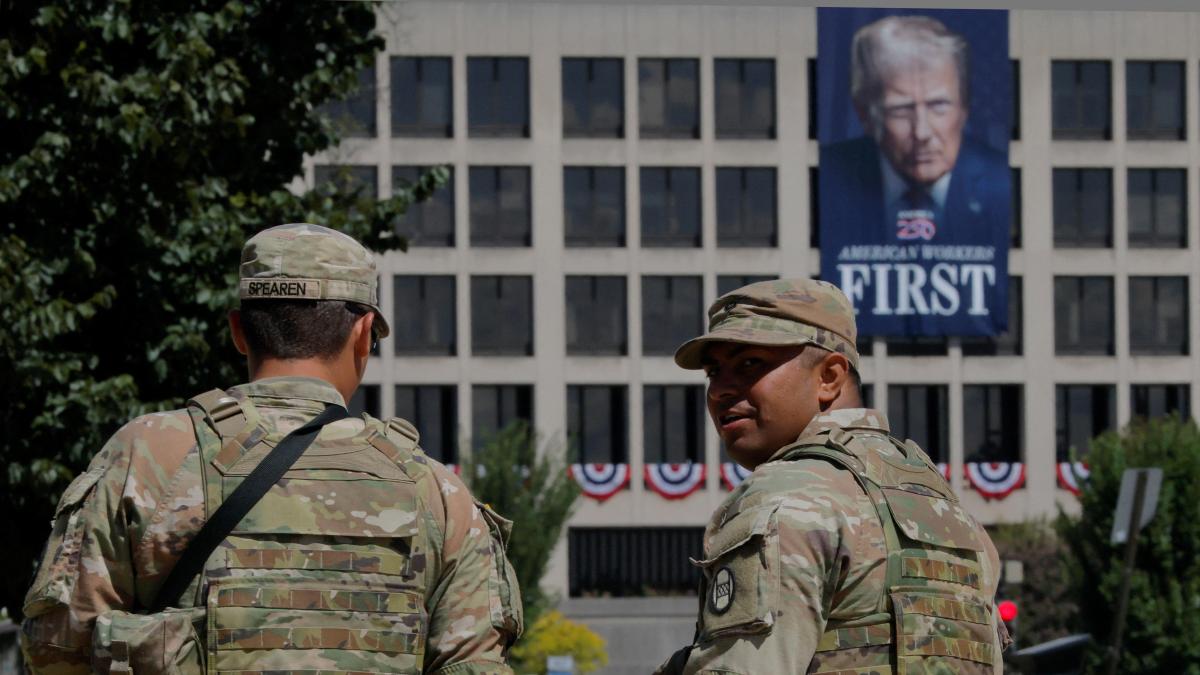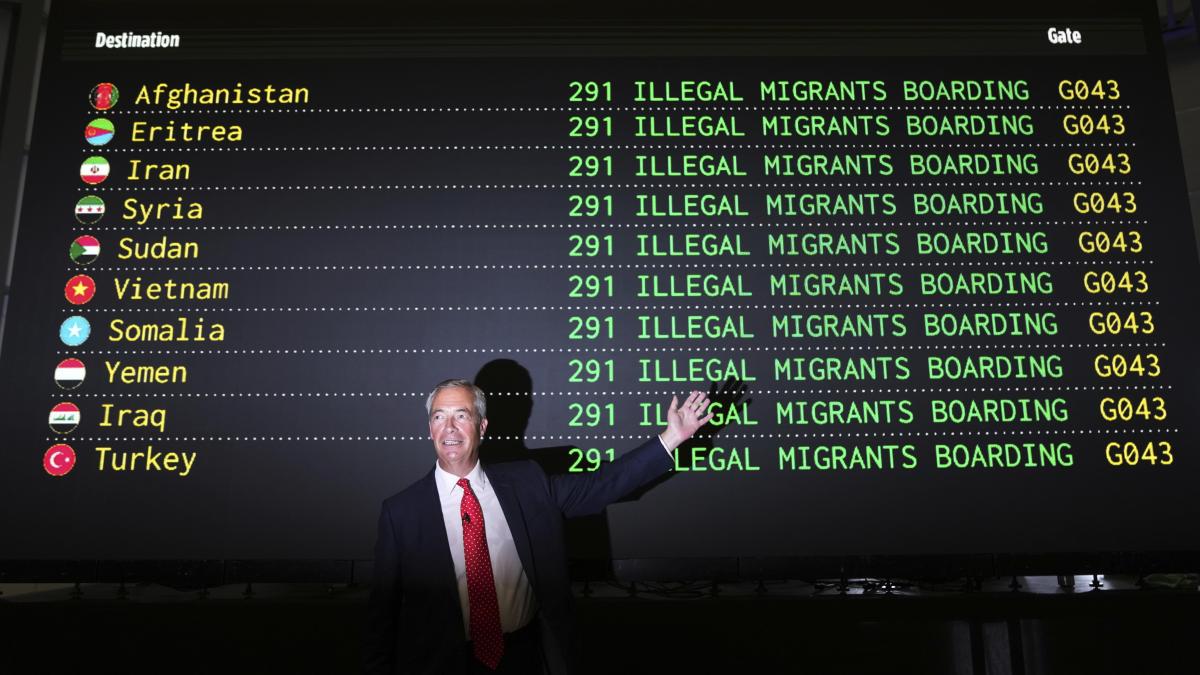Los Angeles Declares Itself a “Sanctuary City” to Safeguard Immigrants
The Los Angeles City Council made a groundbreaking decision on Tuesday by unanimously approving an ordinance that declares the city a “sanctuary city”. This audacious move aims to protect immigrants residing within the city limits from the looming threat of aggressive federal immigration enforcement under the Trump administration, which previously promised mass deportations of undocumented immigrants.
The Measure’s Significance
This newly enacted ordinance explicitly prohibits the utilization of city resources and personnel in enforcing federal immigration laws. In a city like Los Angeles, home to an estimated 1.3 million immigrants, this legislative action sends a powerful message of support amid widespread fear and uncertainty.
Council member Paul Krekorian emphasized the council’s commitment to the immigrant community, stating, “We understand your fear.” By taking this bold step, Los Angeles asserts its solidarity with immigrants, aiming to quell their apprehensions about potential deportation at the hands of the National Guard and other federal agencies.
A City at a Crossroads: Fear and Hope
Los Angeles is uniquely positioned in the immigration debate, boasting a diverse population where approximately one-third are immigrants. This demographic reality heightens the stakes for local leaders who are grappling with the implications of federal policies on their constituents.
Activists gathered at Los Angeles City Hall before the vote, holding signs demanding immediate recognition as a sanctuary city. Voices resonated through the crowd, urging for a safer community free from the threat of deportation.
Immigrant Advocacy and Broader Context
Organizations such as the California Immigration Policy Center have noted the overwhelming concern within the immigrant community about the potential repercussions of a more aggressive federal immigration approach. “Organizations have rallied together, stating we are organized to fight back against any attempt to alienate immigrant households,” said Shiu-Ming Cheer, a deputy director at the center.
The landscape of immigration policy in the United States has evolved dramatically, especially since the onset of the Trump administration, which has seen numerous states implementing their measures to curtail cooperation with federal immigration authorities.
The Undeniable Impact of Sanctuary Policies
Sanctuary cities like Los Angeles present a counter-narrative to the prevailing anti-immigrant sentiments. Research illustrates that sanctuary policies either have no effect on crime or promote public safety. In fact, statistics indicate that cities with such policies may boast lower crime rates and stronger economic performance compared to their non-sanctuary counterparts. Studies by credible institutions, including the Center for American Progress, affirm that immigrants contribute positively to community safety.
Opposition and Controversy
Despite the wealth of evidence supporting sanctuary policies, opposition remains fervent. Critics argue that cities should assist federal efforts in enforcing immigration laws, claiming that sanctuary cities embolden crime and undermine national security. The debate over sanctuary cities often polarizes communities, with staunch advocates on both sides.
The measures taken by Los Angeles echo a greater national phenomenon, where over eleven states have adopted varying strategies to limit cooperation with federal immigration enforcement. Cities nationwide are left to navigate the tenuous balance between adhering to federal mandates and protecting vulnerable populations.
Trump’s Reaction: A Potent Threat?
With Donald Trump set to assume office on January 20, the aftermath of Los Angeles’s declaration remains uncertain. The Trump transition team has not yet responded to the municipal ordinance, leaving many questions unaddressed regarding potential federal pushback.
The specter of federal intervention hangs over Los Angeles, reminding city and community leaders that the struggle for immigrant rights is ongoing and fraught with urgency.
A Glimpse into the Future
As the city embarks on this path, the decision to declare itself a sanctuary will undoubtedly face challenges and scrutiny. However, it also represents a bold stance in defense of human rights and community solidarity.
Los Angeles stands as a testament to the assertion that cities can and should take measures to protect their residents from fear, discrimination, and backlash stemming from anti-immigrant rhetoric.
It’s imperative that the community remains vigilant and organizes around the possibilities this sanctuary declaration opens. Together, they can continue to weave a fabric of resilience and hope amid a divisive national narrative.
For deep analysis, it’s essential to continue tracking how these sanctuary policies impact both the immigrant community and the city as a whole in terms of public safety, economic contributions, and social cohesion.
For further details and updates on this evolving situation, visit the source link.















